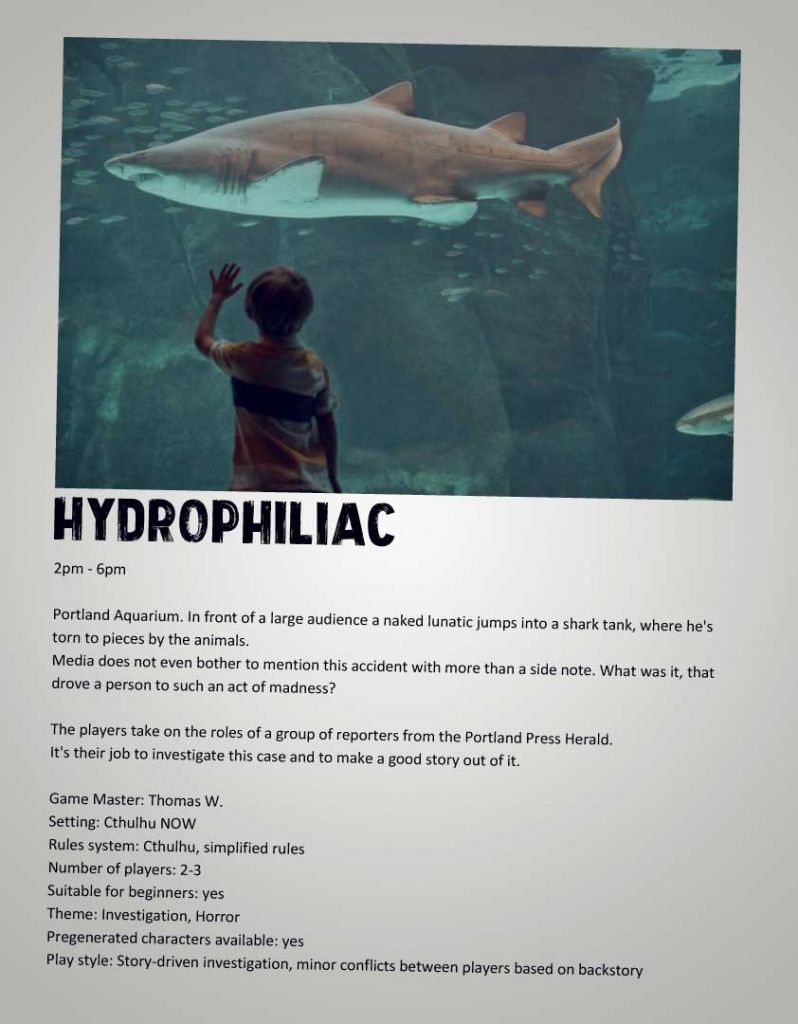GMing at Conventions
Tips for mastering tabletop RPG sessions at conventions
Impact: ★ ★ ★ ☆
Difficulty: Expert
Time to read: 14 min
Challenges of GMing at an RPG-convention
1. Noise
There are only a few conventions out there offering separate rooms for the roleplaying game sessions. Often you’re sitting next to a table with other RPG groups or board gamers. The surrounding noise can get extremely intense there. That’s why it can be tough to narrate intense, atmospheric stories (e.g. horror or personal drama) in such a situation.
2. Time pressure
At conventions, the RPG rounds are organized in time slots of 3 to 4 hours. The reason being that there is not enough space for every participant to play at the same time. In order to offer everyone a chance to play an RPG game at the event, there are time limits. That’s why at a convention it only makes sense to play very short scenarios.
3. Unfamiliar players
You won’t be able to predetermine who plays in your session. Will there be players looking for action and tactical battles? Or players valuing story-rich and dramaturgic depth? There might even be too many or too few players turning up at your gaming table.

Location is key – try to get the best gaming table

How to promote your RPG session
(to get the right players for your game)
10 points to include in your session teaser:
- Name of your session or adventure
- Start time and duration
- Setting: High-Fantasy, Low-Fantasy, Cyberpunk, Sci-Fi, Horror, etc.
- Rules system: Cthulhu, D&D or Pathfinder, Shadowrun, FATE, etc.
- Number of player slots (min./max.)
- Suitable for beginners: yes/no
- Pre-generated character available: yes/no (bring your own)
- Short description of the characters: Who are they? What’s their goal? E.g. detectives on a murder case, convicts on the run, etc.
- General plot of your game: Treasure hunt, heist, high school drama, etc.
- Play style: Action-heavy (a lot of dice rolling), story-heavy (little dice rolling), focus on character stories (conflicts within the group), Sandbox vs. linear story, traditional RPG vs. story game. Or any mix of these styles.
Special tip:
This will make your teaser look really professional.
Provide safety tools

Setting expectations (C.A.T.S.)
- Concept: What your game is about. A bit of foreshadowing, what kind of story the players can expect.
- Aim: What the players are trying to achieve and which kind of story the group wants to tell. Solving a mystery, staying alive, experience drama or even fail gracefully?
- Tone: Which kind of tone is most suitable for the story. There might even be several to choose from (serious, dark, epic, gonzo, etc.)
- Subject Matter: Which topics will be part of the game and which ones will not. Which safety tools will be available to exclude taboo topics.
Use pre-generated characters
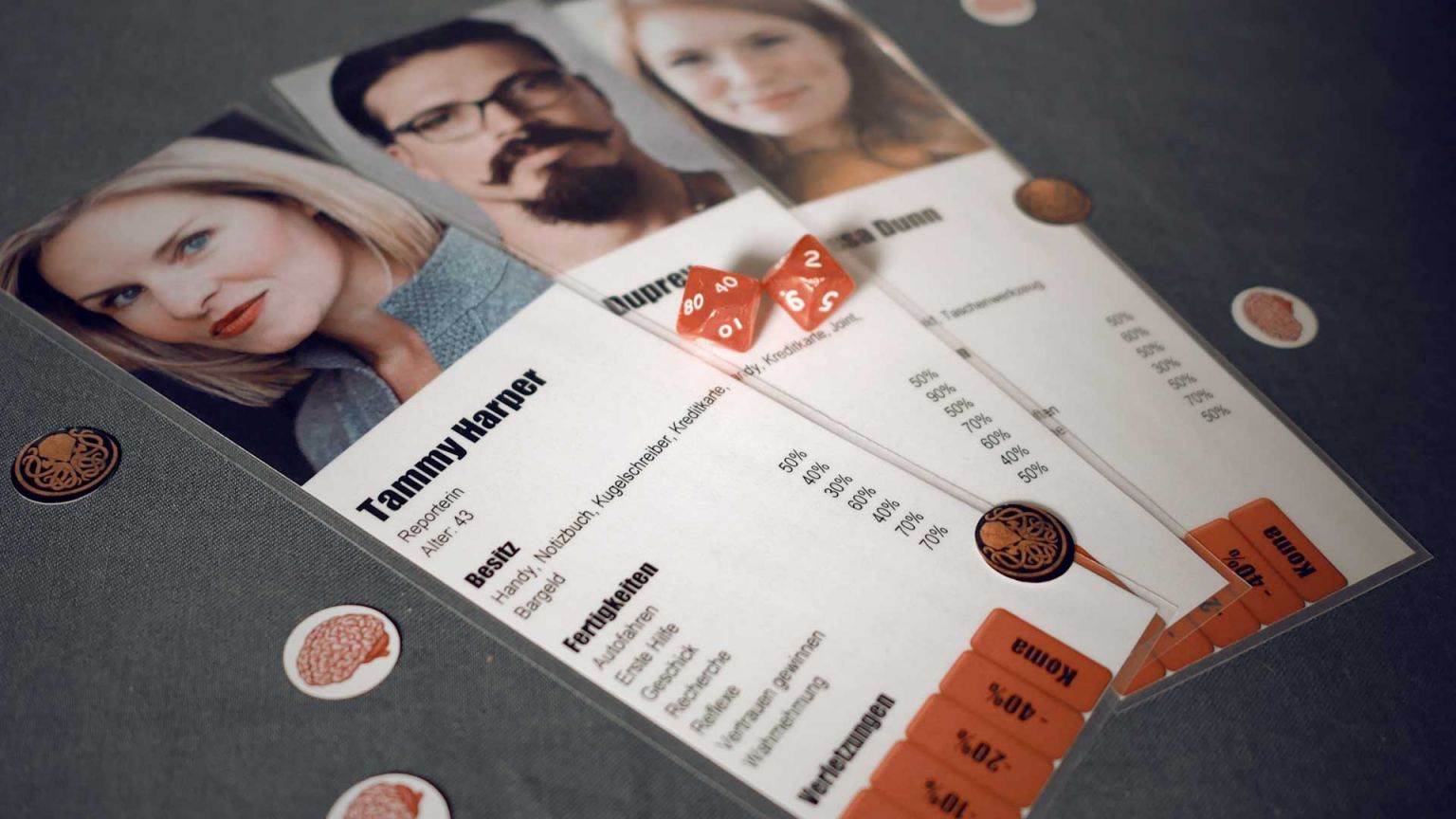
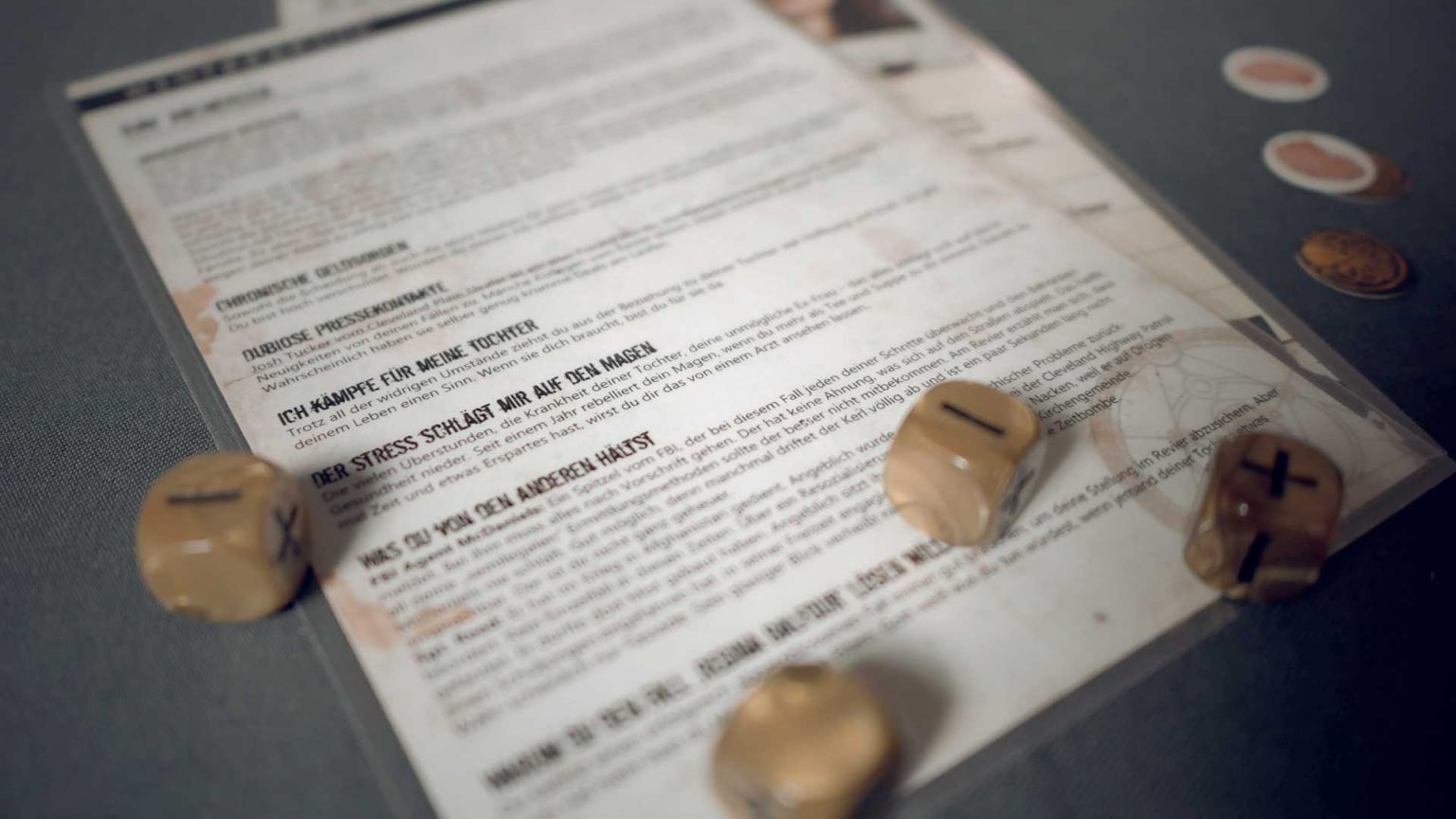
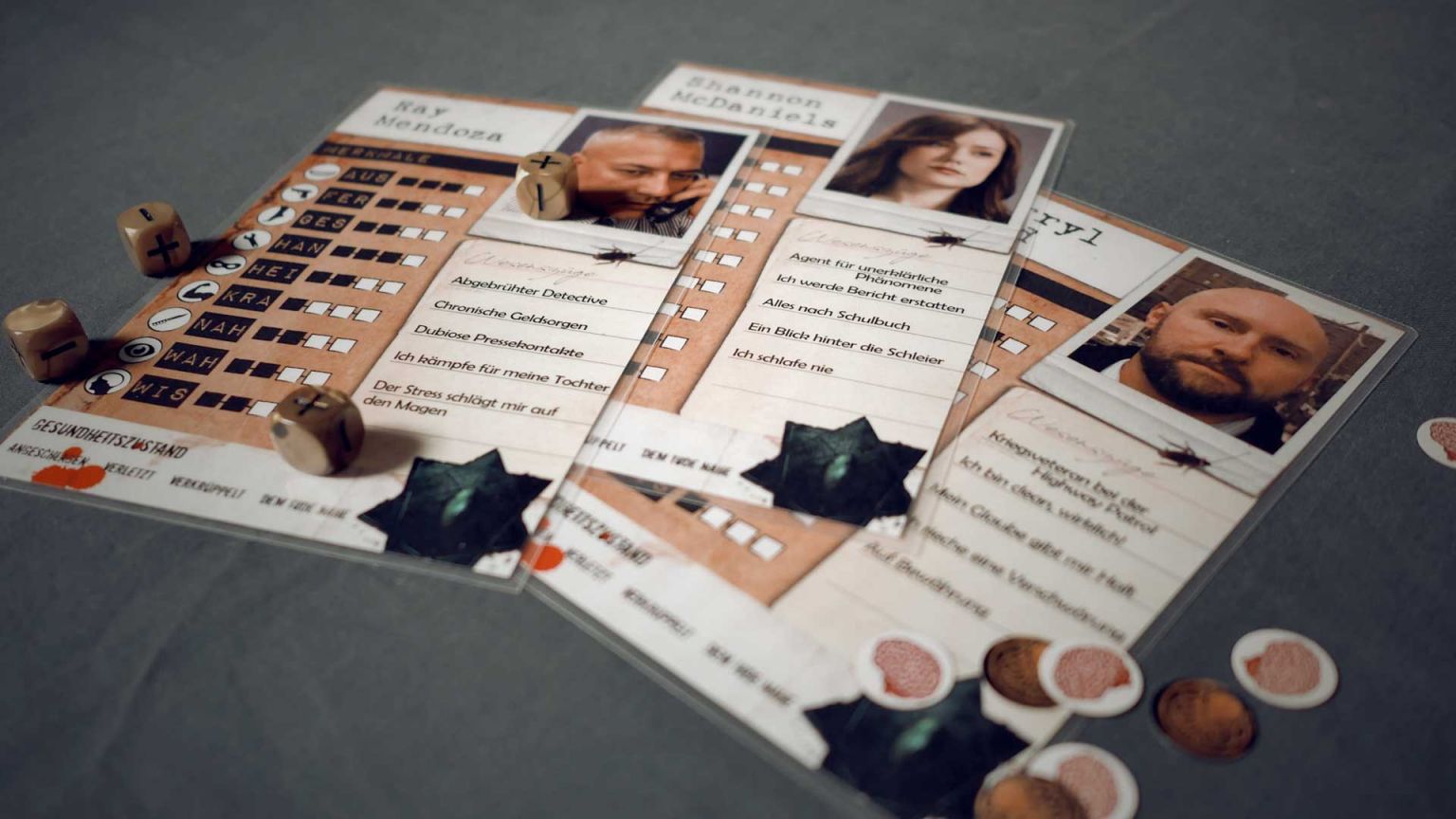
Use an easy rules set
Start the story in medias res
Keep your plot short and simple

Pacing is crucial
Decorate your gaming table to create atmosphere

If there is one single takeaway from this article: Start packing a tablecloth for your convention games.
Plan some time to set up the gaming table
The 10 most useful pieces of equipment for GMing at a convention
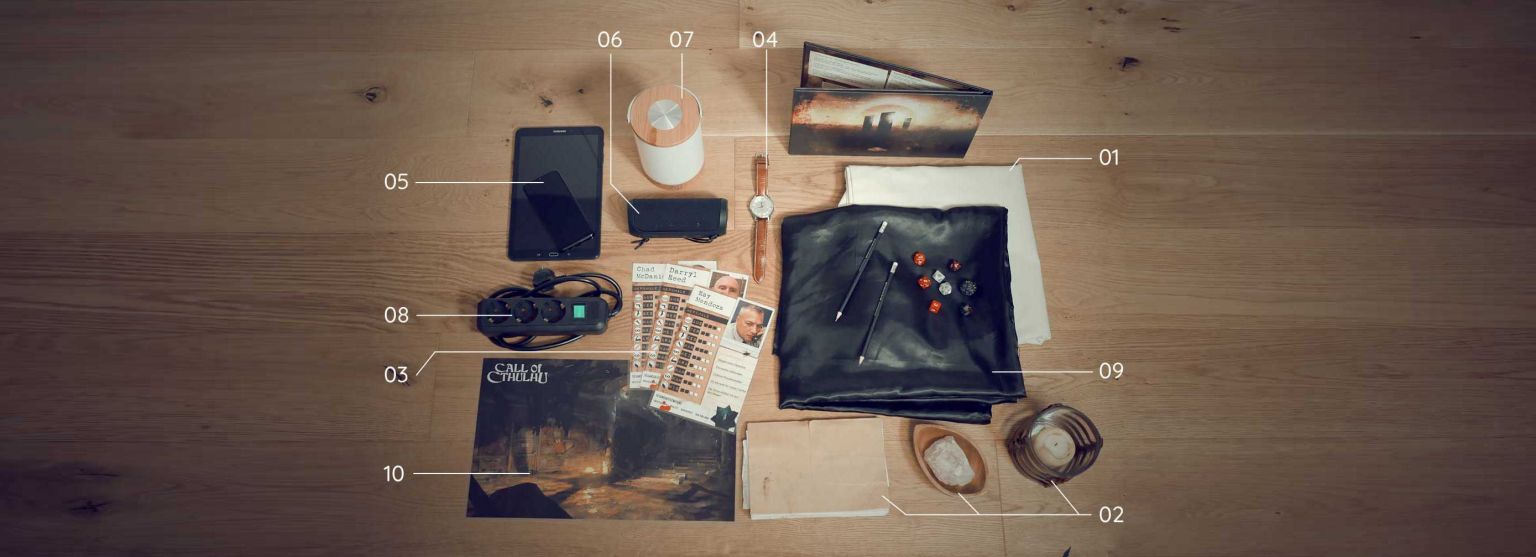
01 Tablecloth
02 Props as decoration
03 Pre-generated characters
04 A watch
05 Tablet PC, phone or mp3-player
06 Bluetooth speaker
07 A dimmable desk lamp
08 Extension cord
09 Drapes or cloths (2-3)
10 Sheet of paper with your session’s name on it
Summary: 4 crucial tips for GMing at conventions
-
1. Try to get the best room or table for your session
Try to get a quiet spot to avoid noise and distractions from other games. -
2. Promote your session with a detailed teaser text
Tell people what your game is about and what it’s not. This will attract players suitable for your playstyle. -
3. Decorate your table – bring a tablecloth
Set the mood for your game and turn a dull table into a cool stage for your story. -
4. Pacing is crucial
Make sure you reach the finale and provide a satisfying conclusion of your story to the players. Nothing is worse than having to end a session early.


